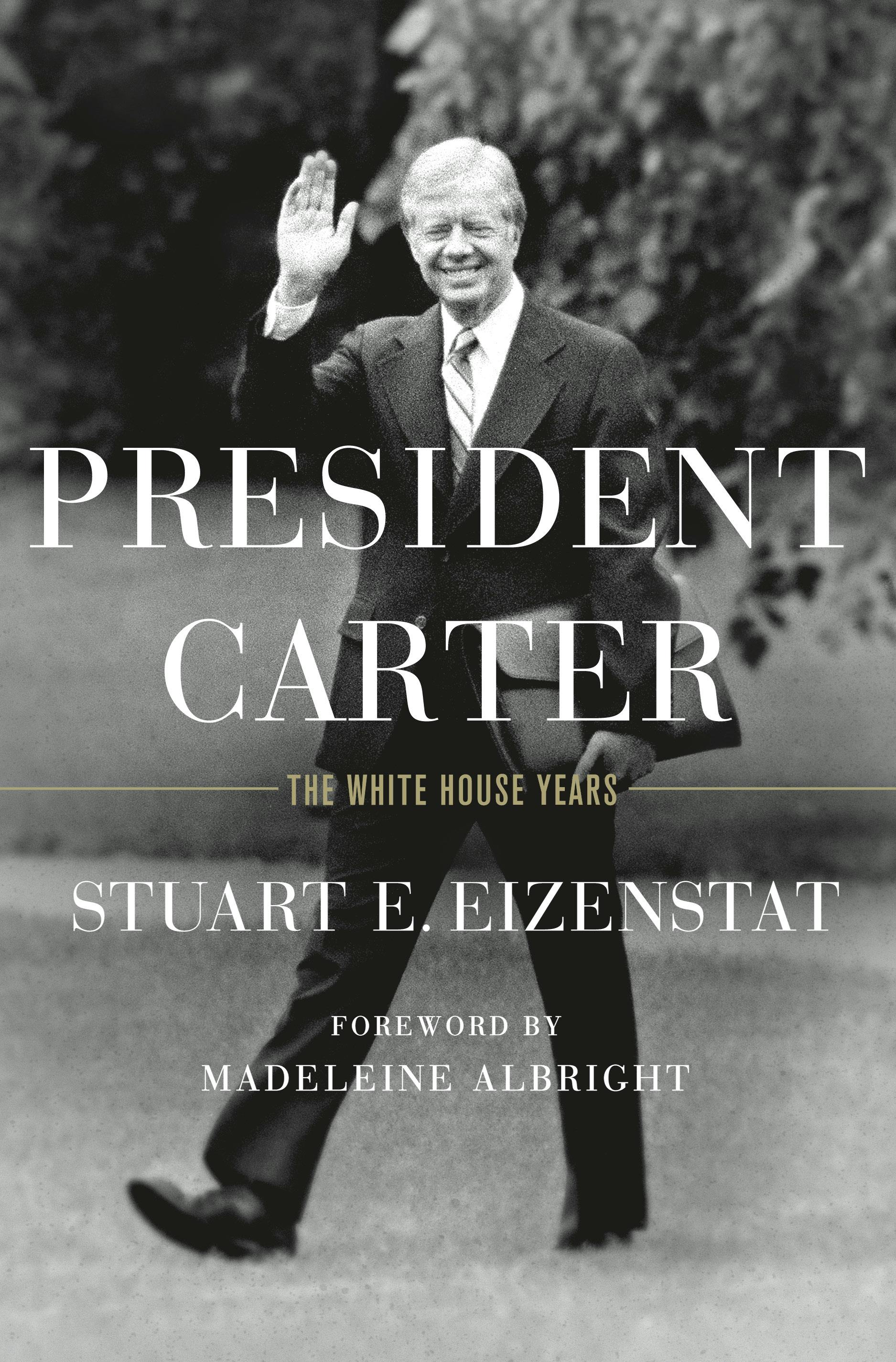Eizenstat hasn’t written a book that the sizable cohort of readers who rush to buy presidential biographies by the likes of Ron Chernow and Robert Dallek will probably find enjoyable. But political scholars will be grateful for his careful descriptions of how the administration’s policies were made or unmade, advanced or defeated, as viewed from his perch in the White House. Insider accounts have their drawbacks, but reliable histories of the powerful cannot be written without them.
However, future authors will have to look elsewhere for explanations of Carter’s most significant flaw: his failure to understand that he needed both a loyal political party and an energized partisan base to convert his good intentions into lasting results. When Carter took office, the Democratic majorities in both chambers of Congress were nearly as large as they had been during the heyday of Lyndon Johnson’s Great Society in the mid-1960s. To be fair, Carter’s party was severely divided; white conservatives from the South clashed with pro-labor liberals from the Northeast and Far West. Two years before the 1980 election, Ted Kennedy was already attacking him for attempting to trim the federal budget “at the expense of the elderly, the poor, the black, the sick, the cities, and the unemployed.” Yet Carter somehow expected the quarreling Democrats to rally behind whatever he decided to do. Before Johnson’s presidency was doomed by the Vietnam War and white backlash to his civil-rights policy, the former Senate majority leader had been a shrewd and effective party builder; Carter later confessed that he “was never comfortable” playing the same role.
Granted, few Democratic presidents have kept their base excited for long. Since its creation in the 1820s, the Democratic Party has nearly always represented a more heterogeneous constituency, demographically and ideologically, than its rivals. Only when the party’s leaders have kept their various groups reasonably happy and in harness during and between national campaigns have Democrats dominated national politics. Andrew Jackson accomplished that feat back in the 1830s. Woodrow Wilson and Franklin Roosevelt did it during their first terms and midway through their second ones. Lyndon Johnson repeated their success, but only until the Republicans made big gains in the midterm contest of 1966. Even Barack Obama wasn’t able to persuade enough of the white liberals and people of color who’d flocked to the polls to elect him to turn out for the Democrats running for Congress and the state legislatures just two years later.
